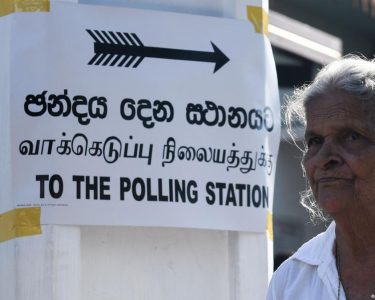Israel-Hamas war: On Day 89th of the war, Antony Blinken, the US Secretary of State, will, as per reports, head back to the Middle East on a new crisis trip. The new trip, which will include Israel, comes as fears rise of a regional escalation of the nearly three-month-old war.
16 killed in Israeli strike in Gaza’s Al-Mawasi
Sixteen people were killed in an Israeli strike in Gaza’s Al-Mawasi town on Thursday. Speaking to the news agency Reuters, an official said that the dead included nine children.
US official steps down over Biden’s Gaza policy
A senior official in the US Education Department resigned on Wednesday over President Joe Biden’s handling of the ongoing war between Israel and Hamas in Gaza.
“I cannot stay silent as this administration turns a blind eye to the atrocities committed against innocent Palestinian lives, in what leading human rights experts have called a genocidal campaign by the Israeli government,” Tariq Habash, special assistant in the Education Department’s Office of Planning, Evaluation and Policy Development, said in a letter Education Secretary Miguel Cardona.







